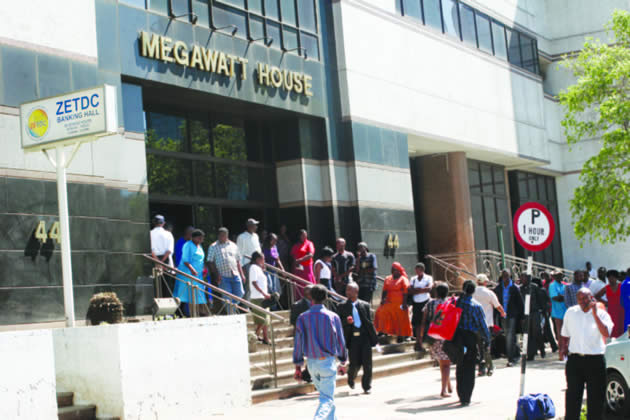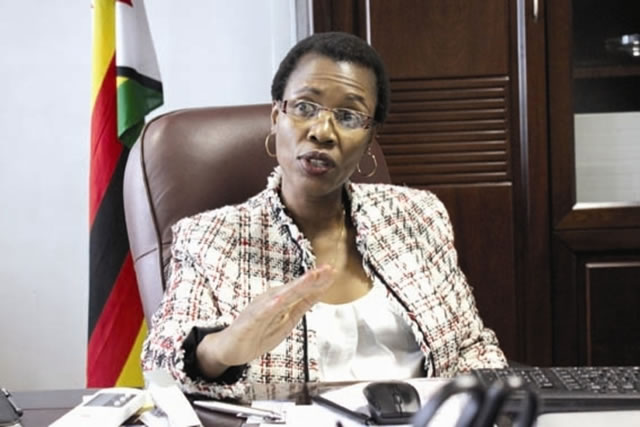Massive increase in power tariffs looms

 Golden Sibanda Senior Business Reporter—
Golden Sibanda Senior Business Reporter—
ZIMBABWEANS could face the biggest increase in the cost of power since dollarisation after the Zimbabwe Electricity Transmission and Distribution Company proposed a 5 percent tariff increase, way above the inflation rate which stands at 4.3 percent. ZETDC made the proposal during a tariff review stakeholder consultative meeting, also attended by fellow Zesa Holdings subsidiary — Zimbabwe Power Company —with the Association for Business in Zimbabwe in Bulawayo late last month.
ZETDC said a marginal increase in the tariff will be detrimental to its operations in the long-term.
It said a 5 percent increase was in line with inflation.
The firm said only one significant increase had been effected since dollarisation of the economy in 2009.
“Average expenditure has been higher than the average tariff awarded. Tariffs awarded (are) not sufficient to sustain the minimum activities of the utility,” said ZETDC.
A tariff of US9, 83c per kilowatt hour was awarded in 2009, but was reversed and replaced by a US7,53c/kWh in February 2009. There was no tariff hike in 2010 while a US9, 83c/kWh raise was approved for 2011.
ZETDC said there was no tariff change in 2012 with a 0,3 percent increase to US9,86c/kWh effected in 2013 as the utility made losses since 2009.
The tariff hike request, the firm said, was meant to enable mobilisation of resources to fund plant and network maintenance backlog, correcting distortions in the current tariff, with the current cost of running the business at US10,51c/kWh.
The 5 percent tariff increase proposal is based on a US$986 million revenue requirement, which ZETDC said was in line with its 2014 planned expenditure.
It said the proposed tariff was premised on the rate of return methodology, an approved methodology widely used by other power utilities internationally.
The company pointed out that while its revenue requirement is based on budgeted expenditure, the effective electricity tariffs should be cost-reflective covering efficient costs of its operations only.
The power utility’s proposals may however meet stiff resistance from already burdened consumers some of whom believe that there are flaws in ZETDC’s model, pertaining to alleged inefficiency (and its effect on cost) as the utility is not splitting the various customer types in the cost of supply model.
“I believe we should present an analysis of this, possibly by using the relationship of various supply types (188, 33, 11kVA, domestic etc) from other countries,” said one captain of industry in mining.
ZETDC has since lined up a number of measures to improve efficiency and these include installation of statistical meters to help manage losses.
There will also be migration to pre-paid meters to reduce customer service costs, network system upgrade and refurbishment to improve on transmission network reliability and help reduce losses.
Further, there would be upgrading of billing system and minimising staff costs by keeping staff strength at 80 percent of requirement while cost centers will be managed down to depot-levels.
It is expected that this will result in improved service delivery, value for money, better infrastructure maintenance and availability, improved power supply security through generation expansion projects and viability of the utility.











Comments